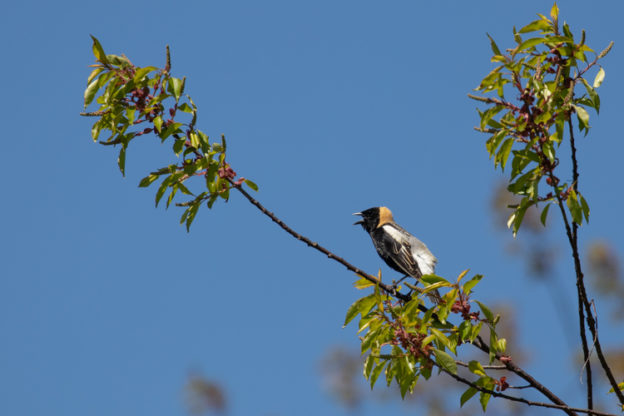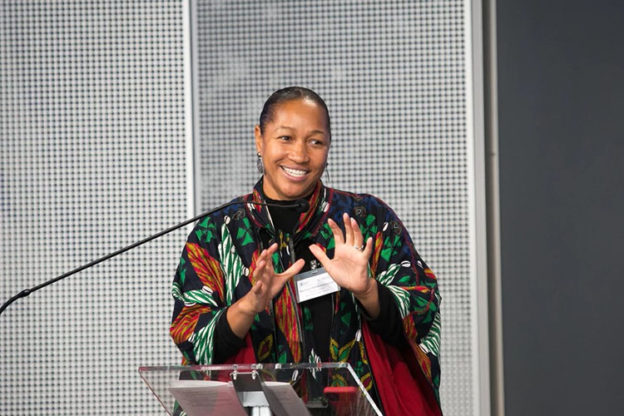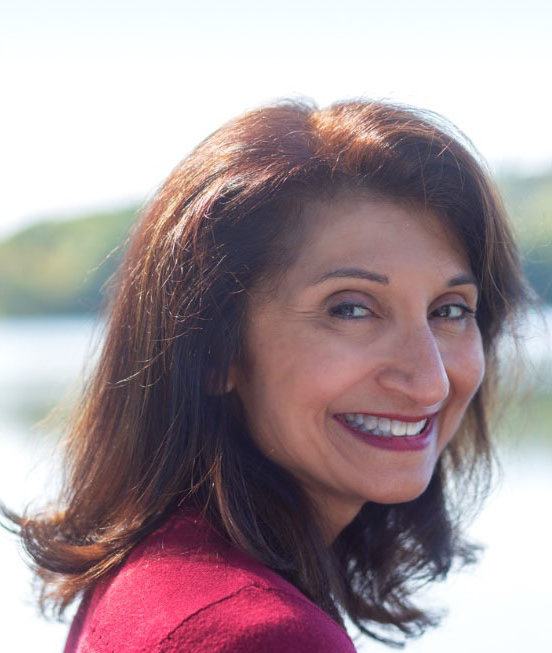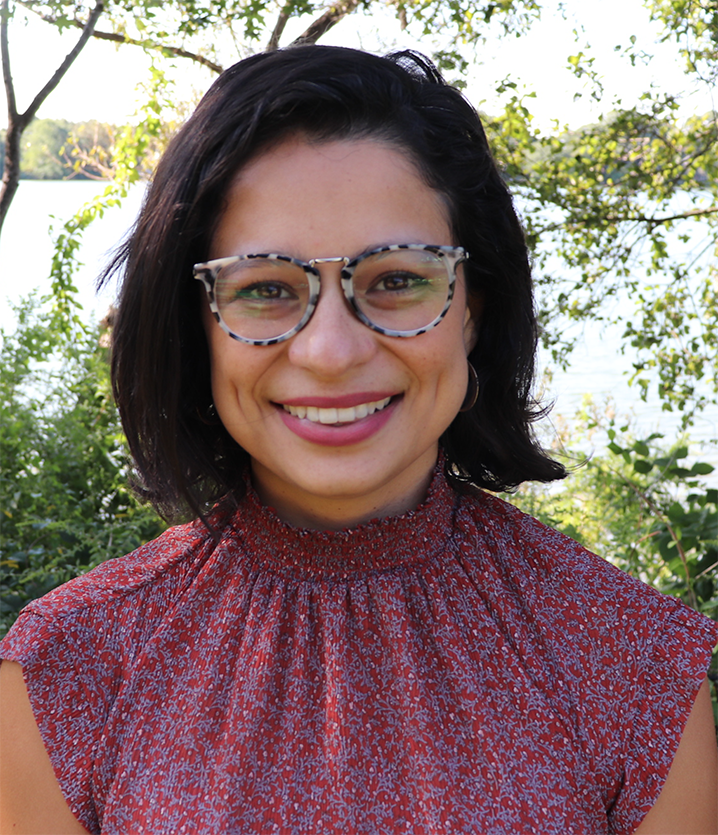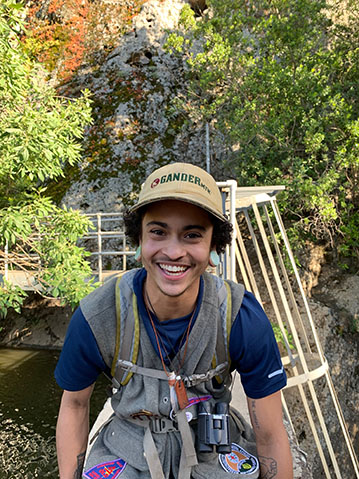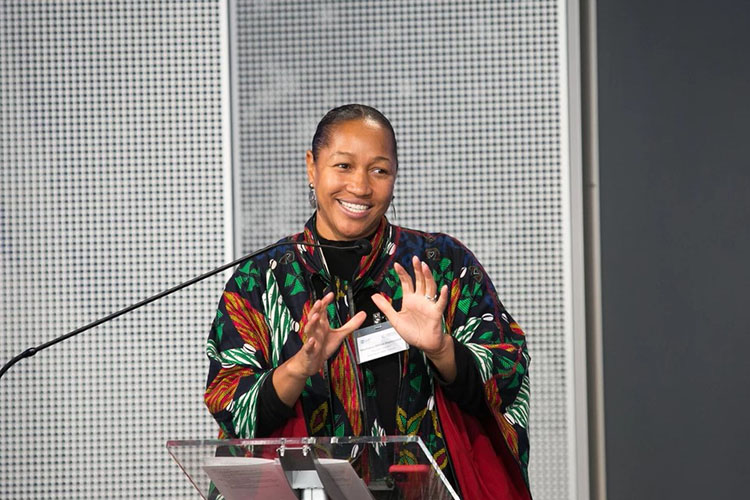On May 13, birders from across the state will be hiking quietly through bushes, binoculars in hand, patiently waiting for a bird to come into view. Throughout the heat of the day and into the cover of darkness, these dedicated birders silently wait. Why, you may ask? All for a chance to win Bird-a-thon’s coveted Brewster Cup.
Bird-a-thon is Mass Audubon’s largest fundraising event and a great opportunity to see some unique creatures across the state. Learn more about five special species and how Mass Audubon works to help them.
Saltmarsh Sparrows
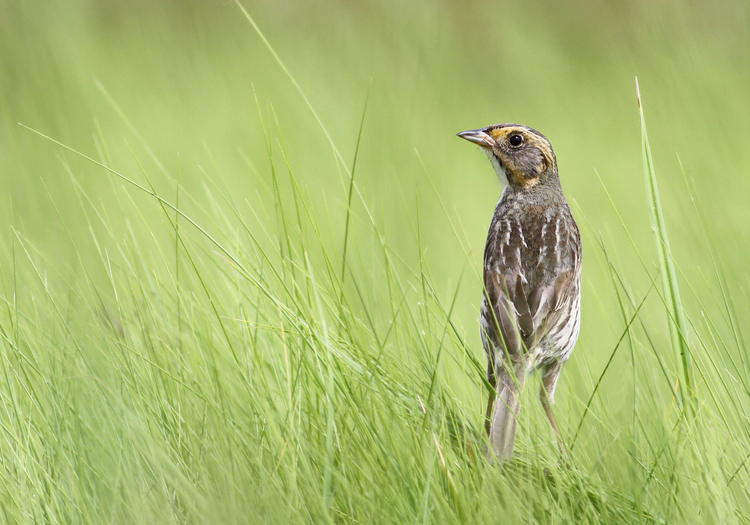
High in the saltmarsh hay and cordgrass, a Saltmarsh Sparrow makes its nest. They are unmistakable with their burnt-yellow facial pattern and a stark grey ear patch that blends into a white and brown-streaked breast. While you might not think much of this small bird, Saltmarsh Sparrows are unique because they only live and breed in salt marshes along the Atlantic coast.
However, rising sea levels are shrinking and dividing their breeding environment. With less available area to breed and nest, the Saltmarsh Sparrow population is rapidly declining.
The Coastal Resilience Program uses nature-based climate solutions to focus on the protection, management, and restoration of coastal habitats, like salt marshes. By protecting, educating, and advocating for salt marsh ecosystems, we can help preserve the Saltmarsh Sparrow.
Indigo Buntings
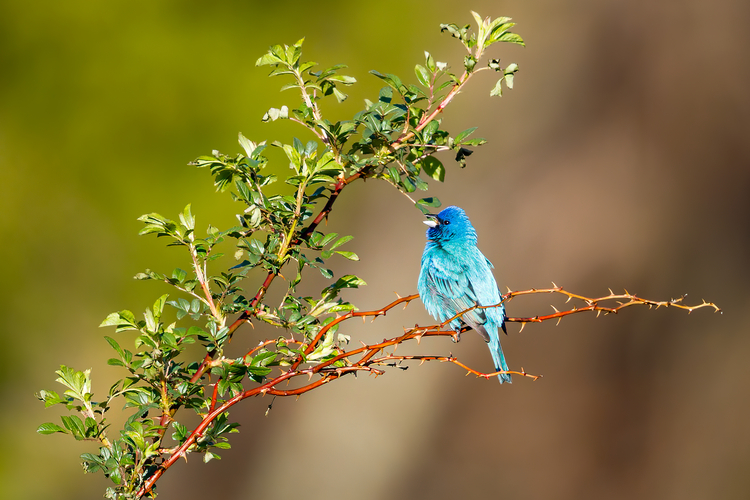
When walking through a weedy meadow or near the edge of a shrubby forest, keep your eyes out for the brilliant blue of the Indigo Bunting. Not only do buntings look beautiful, but they sound beautiful too. From dawn until dusk, you can hear their high-pitched songs—individual notes often cluster in pairs and pairs often come in threes, (“what what, where where, here here?“) but songs can vary widely from one individual to the next.
In the spring, Indigo Buntings migrate to the Northeast from South America to breed in young forests and fields. Without thoughtful and intentional forest management, these habitats are becoming more elusive in Massachusetts. One of the hallmarks of the Foresters for the Birds program is educating private landowners about how to create a home for open-country birds, like Indigo Buntings, on the land they manage.
Wood Thrushes
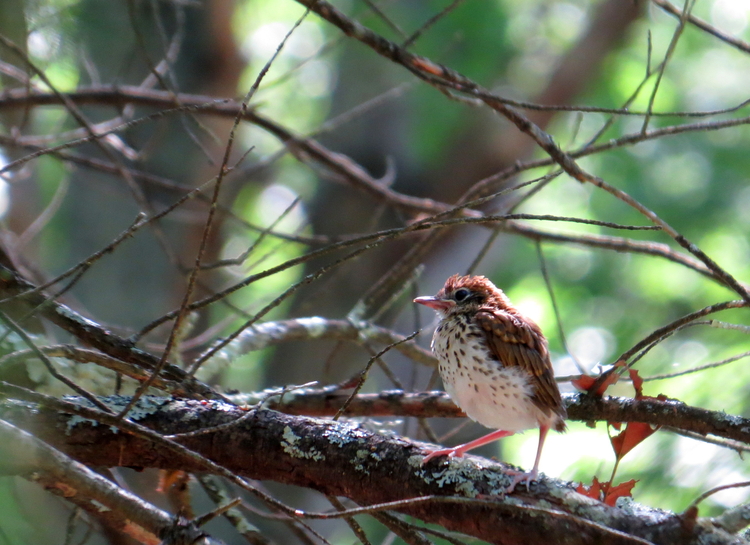
Under the shady canopy of a forest and in the mix of shrubs and young trees, a Wood Thrush hops across the ground in search of a snack. Although they appear to be very similar to other thrushes, Wood Thrushes are slightly larger and have prominent black and brown spots speckled down their plump, white belly.
Wood Thrushes need large areas of forest to nest—about sixty acres per pair! When we focus on protecting properties that already connect to conserved lands, like Greater Gales Brook, we’re giving species like Wood Thrushes the space they need to thrive.
Bobolinks
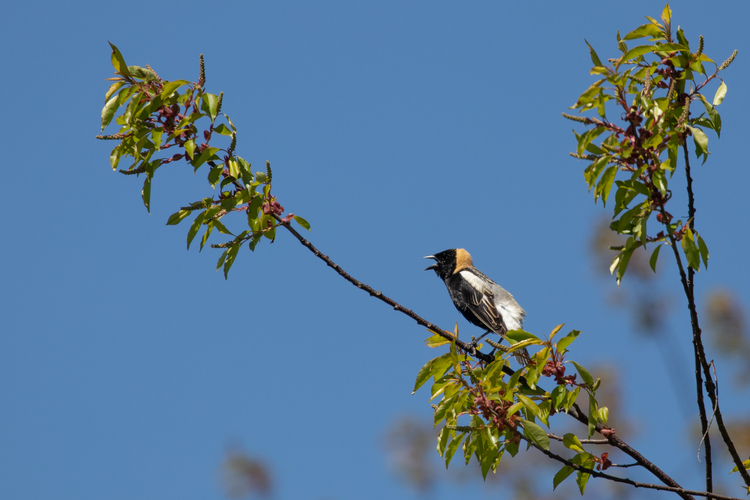
Pay attention as you walk through hayfields and meadows to find a Bobolink. You can easily spot a male Bobolink in the spring and summer when its plumage is still black with a yellow cap on the back of its head and streaks of white down the back and wings. When fall rolls around, males turn to match their female counterparts with a brown and black plumage.
Today, the conservation of Bobolink depends on sustainable farming methods that don’t diminish the habitat of grassland birds, which is key to the Bobolink Project. Mass Audubon, the Connecticut Audubon Society, and Audubon Vermont all work together to raise money to financially support farmers in delaying their hay harvest until the birds have finished their nesting cycle. The project also offers resources for grassland owners that do not farm but want to preserve their meadows for birds.
Osprey
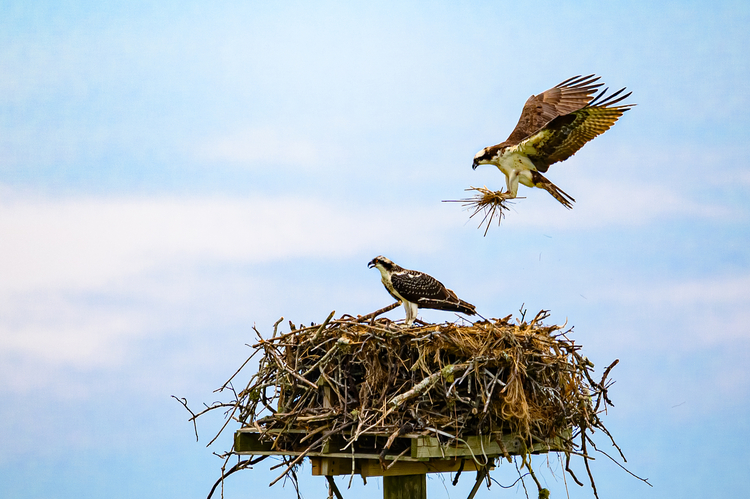
As one of the top aerial predators in Massachusetts, it’s always a treat to watch an Osprey swoop down to catch its prey in salt marsh estuaries or nearby bays. Even though these birds are tough, they suffered a drastic population decline in the mid to late 20th century. Before its ban in the 1970s, DDT was a pesticide used to kill insects, but it also made Osprey eggs very fragile and chicks were unable to hatch. It took decades for their population to rebound from DDT exposure, but other human activities still threaten Ospreys today.
Ospreys are important because they serve as a tracker for their environment. If Ospreys aren’t doing well, then there might be something going wrong in their ecosystem. For almost 20 years, the South Coast Osprey Project has monitored Osprey breeding activity at Allens Pond Wildlife Sanctuary in Westport, to observe the rebound of the species and gauge the health of the surrounding ecosystem and wildlife.
You Can Help Too!
Even if going out and birding isn’t your thing, you can still help your team raise donations to make an impact on wildlife across the state. Learn about all the ways you can get involved and join Bird-a-thon today.


